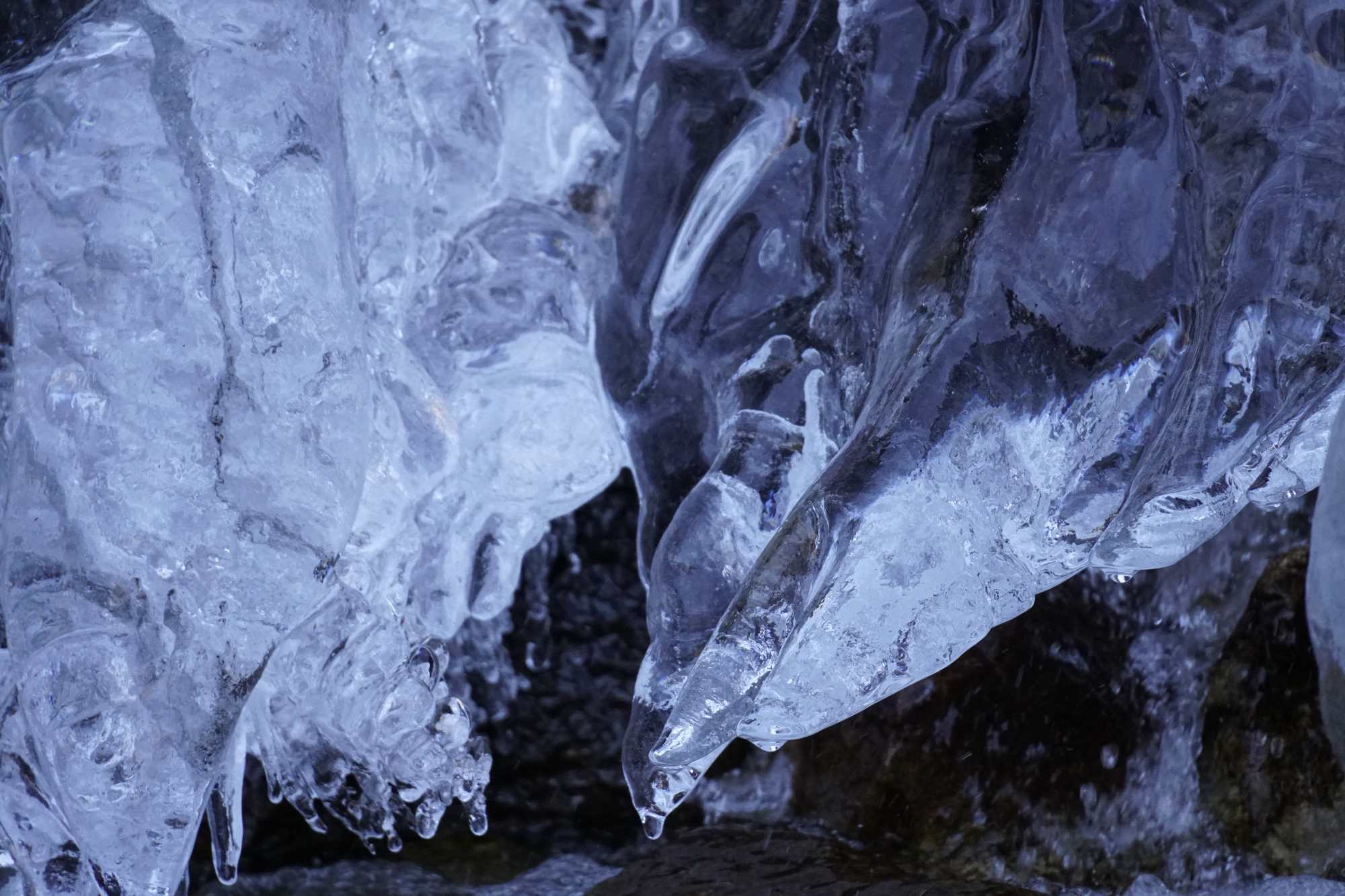RESEARCH AND REFLECTION PHASE (01-02/22)
Back in January I started my first residency stay at Cittadellarte – Fondazione Pistoletto with the challenge “Fluvial systems as indicators of climate change and its impakt”.
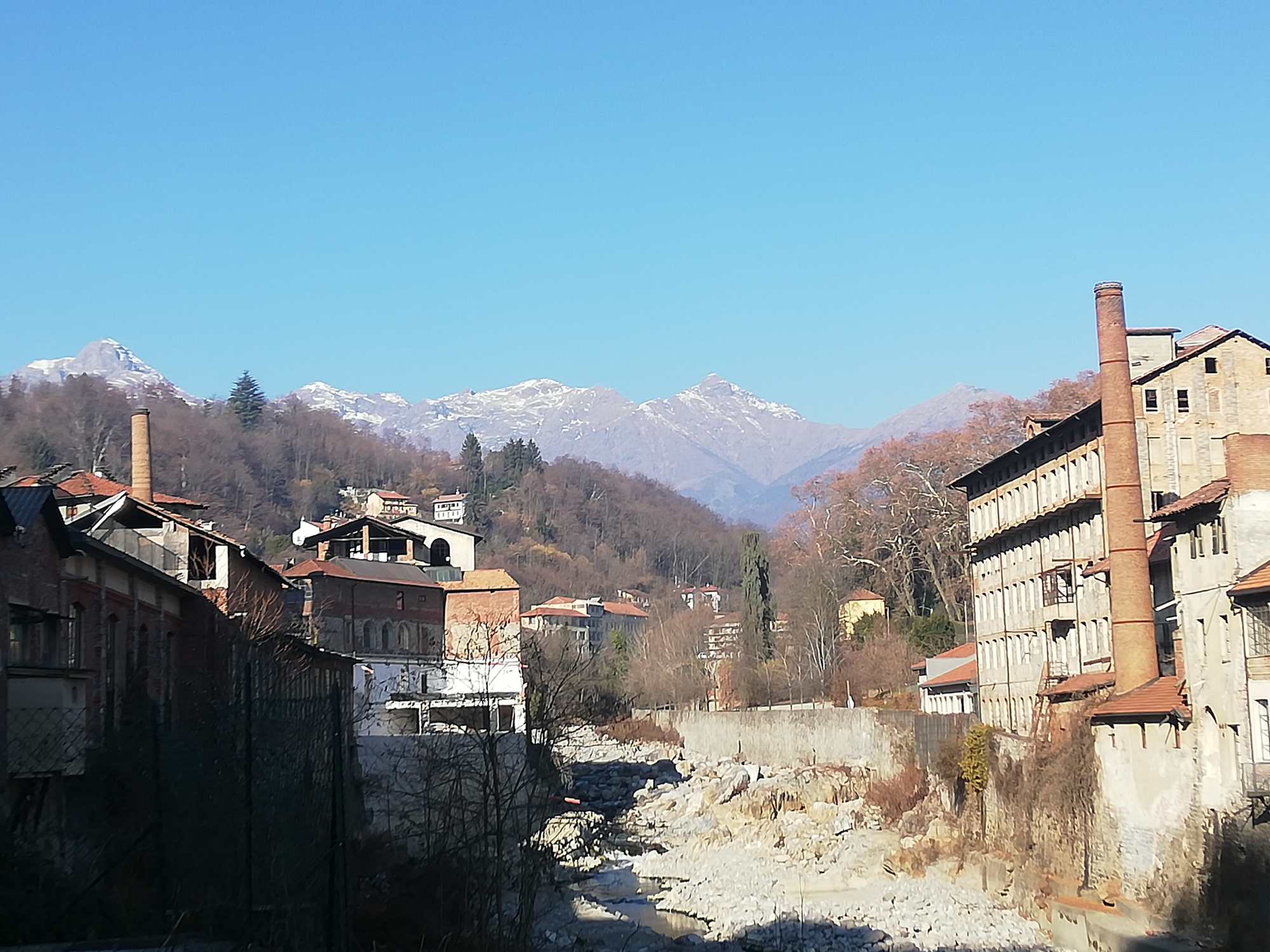
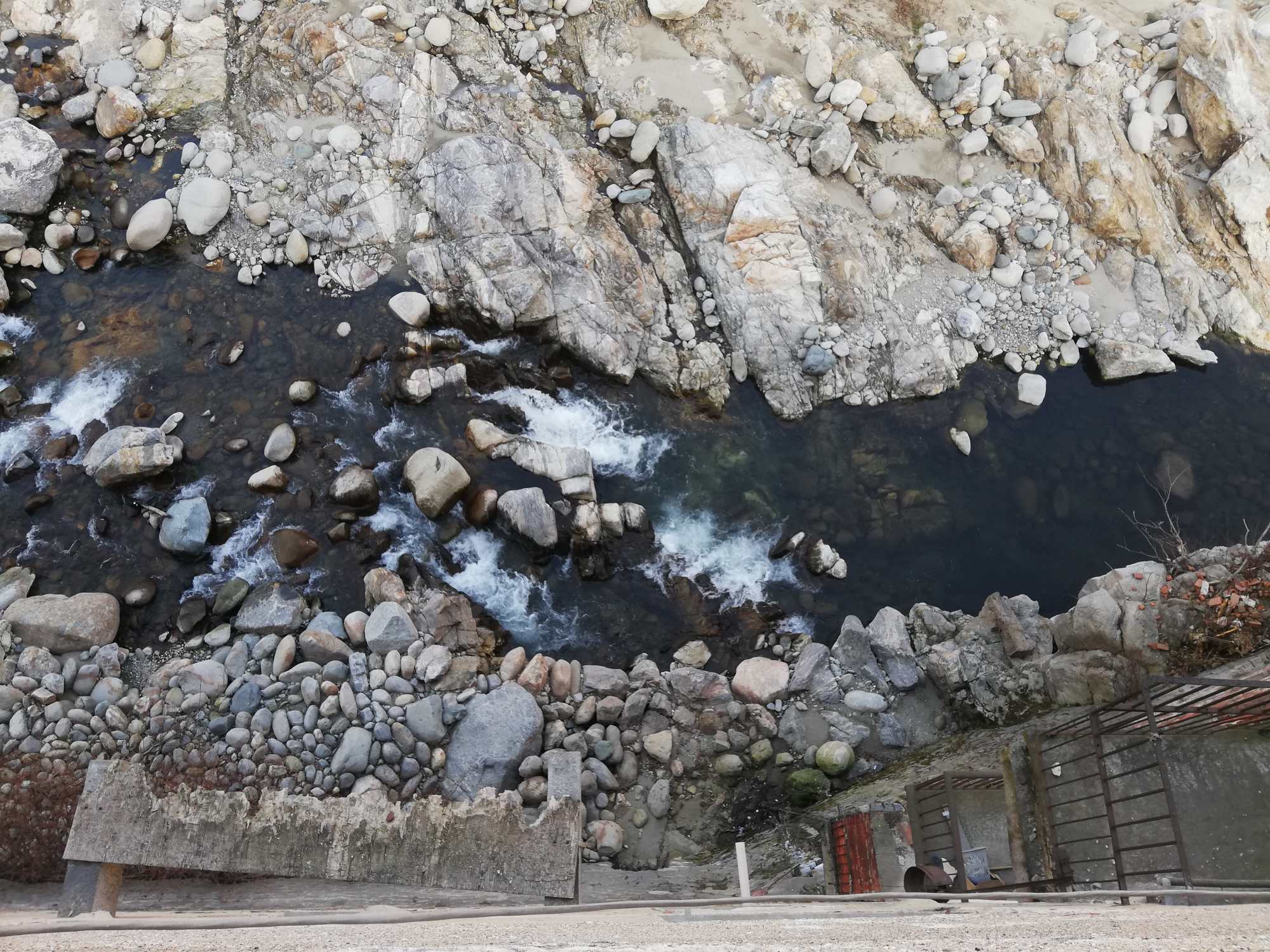
Next to the Cervo
Already the location of my host is situated perfectly to understand many problems simply by looking out the window. As a former textile fabric it sits directly elevated next to the stream Cervo that originates about 40 km up in the valley and crosses the Po plain. Every spring the water levels rise due to snow meltwater from the mountains coming down. In spring 2021 there was so extreme flooding that the water tore down the terrasse of the foundation and damaged large parts of the embankment and caused landslides on the sides. Now, looking at the Cervo in winter there is little water and due to the missing snow in the area there is probably not much meltwater to be expected this year. By discussing this, the effects of climate change can already be exemplified. Extreme weather events will occur more frequently, such as floods and droughts, either too much or too little will impact nature and humans and rather sooner than later we have to find solutions for adjusting and improving our lives and industries.
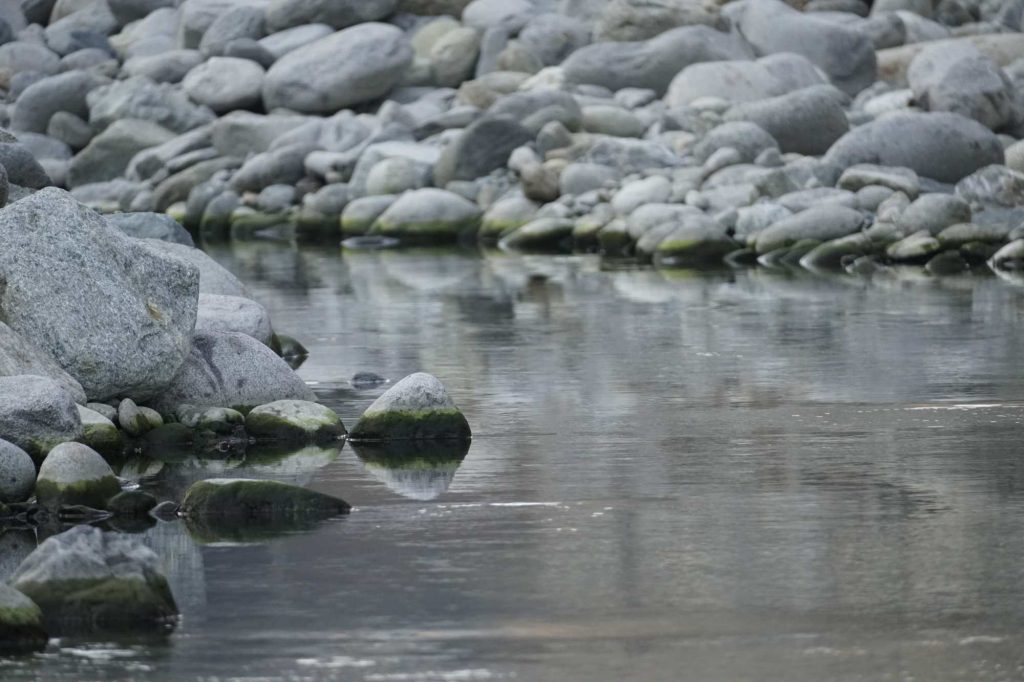
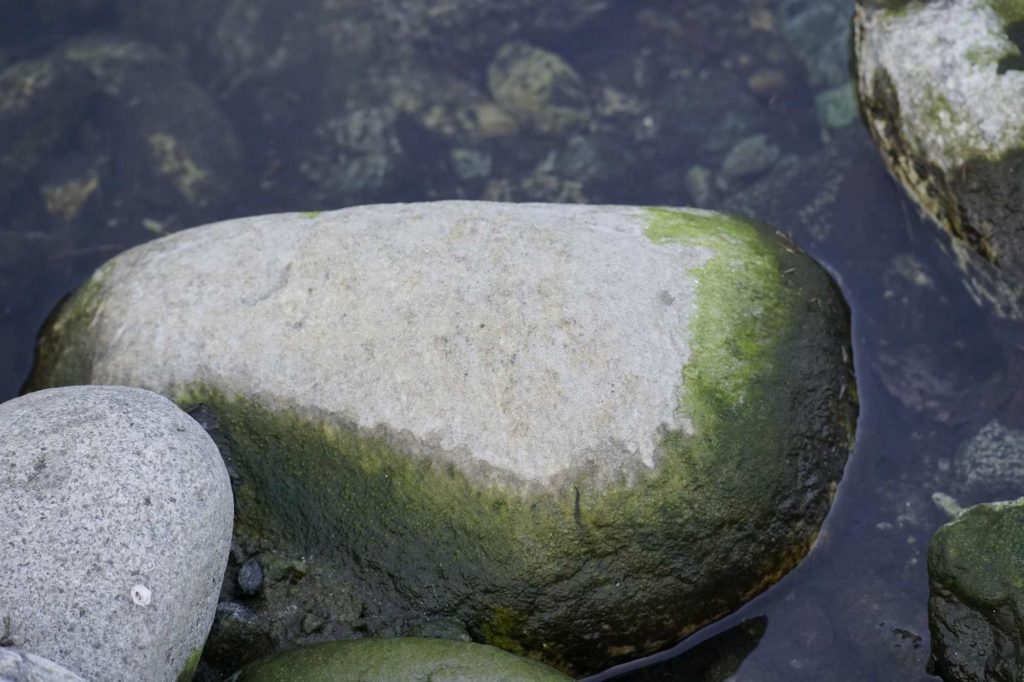
The approach for my first research phase was to get as much input from the area as possible via meeting scientists or visiting relevant natural spots and industries to understand more about the relevance of water in the region and to meet experts that in one way or another had a relation to water.
In these really intense weeks, I learned a lot about the particular importance of water for the region. A fluvial system is a fascinating network to analyze connections between nature, population, pollution, infrastructure and economy and ask questions. How can a region where big parts of its economy rely on water such as rice agriculture transform with climate change at hand? Rivers play an important role as transporteurs, in the past for the good by transporting heavy items on boats but nowadays more for trash and pollutants which accumulate on the sides or bays without current.
Field trip to rice fields in the Po plain and the Canals
The importance of water for agriculture becomes evident looking at the Canale Cavour that feeds all the rice fields, where it’s even forbidden for pedestrians to just walk alongside to protect the water supply.
Also here, the effects of climate change are already showing. The Canale Cavour has unprecedented low water levels and it won’t be possible to flood all the rice fields as it is the traditional cultivation practice. Already in the past years they had to shift a few fields to dry cultivation and this might have to be the predominant practice in years to come.
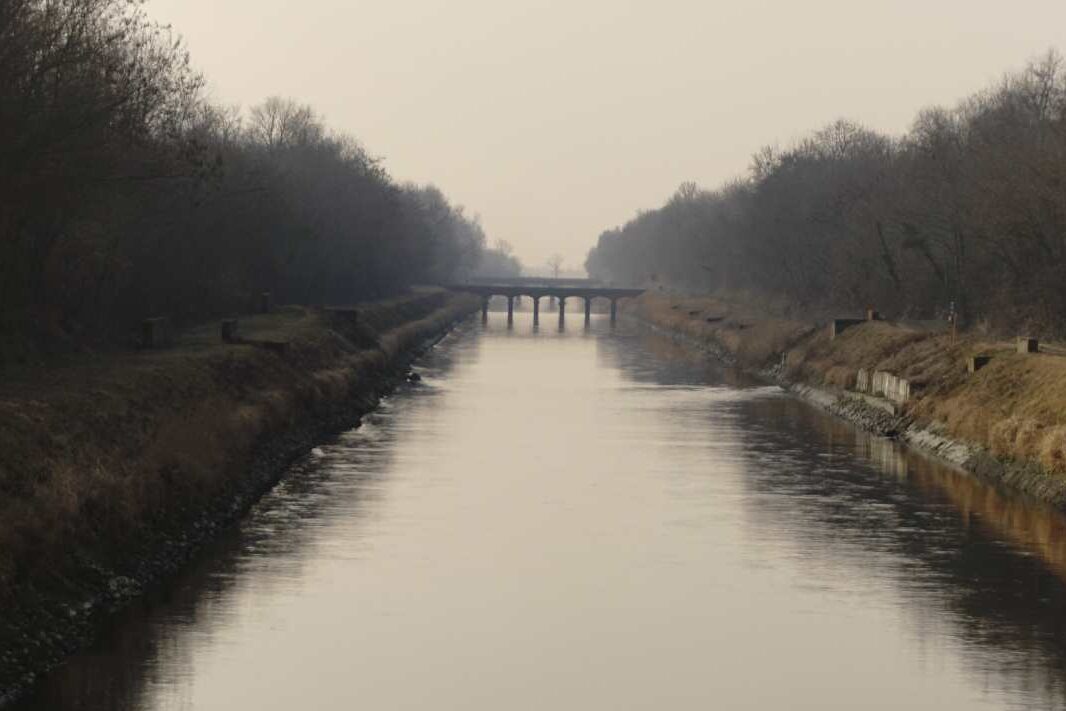
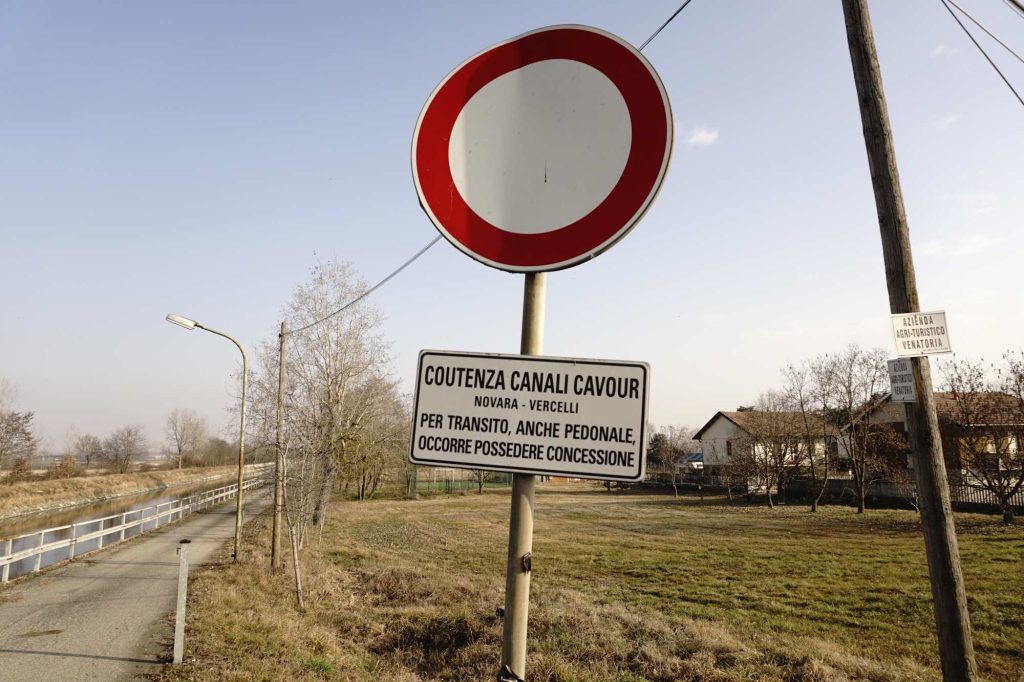
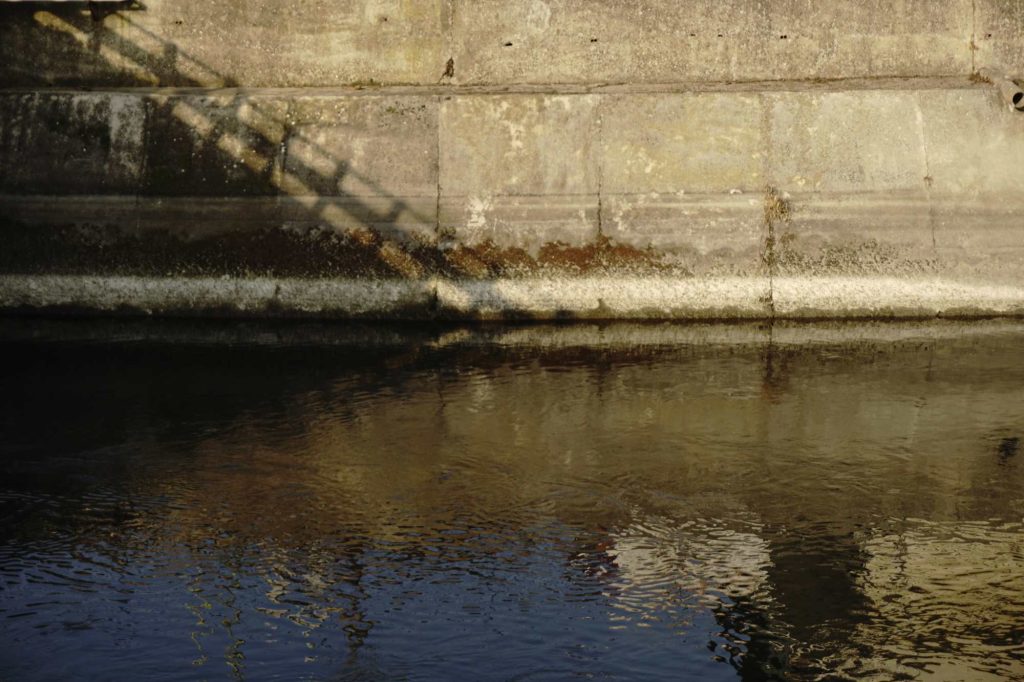
Field trip to the Cervo ‘canyon’ and the Po river park
Located between the municipalities of Castelletto Cervo and Cossato, a few steps from the confluence of the Strona and Cervo streams, the water has over the millennia dug deep canyons and deposited multicolored sands, ranging from yellow ocher to ‘dark orange. In recent years the drought has caused a further reduction in the flow of water, modifying this very particular environment: the banks have gradually become covered with vegetation, making access to the canyon difficult, if not during the winter season.
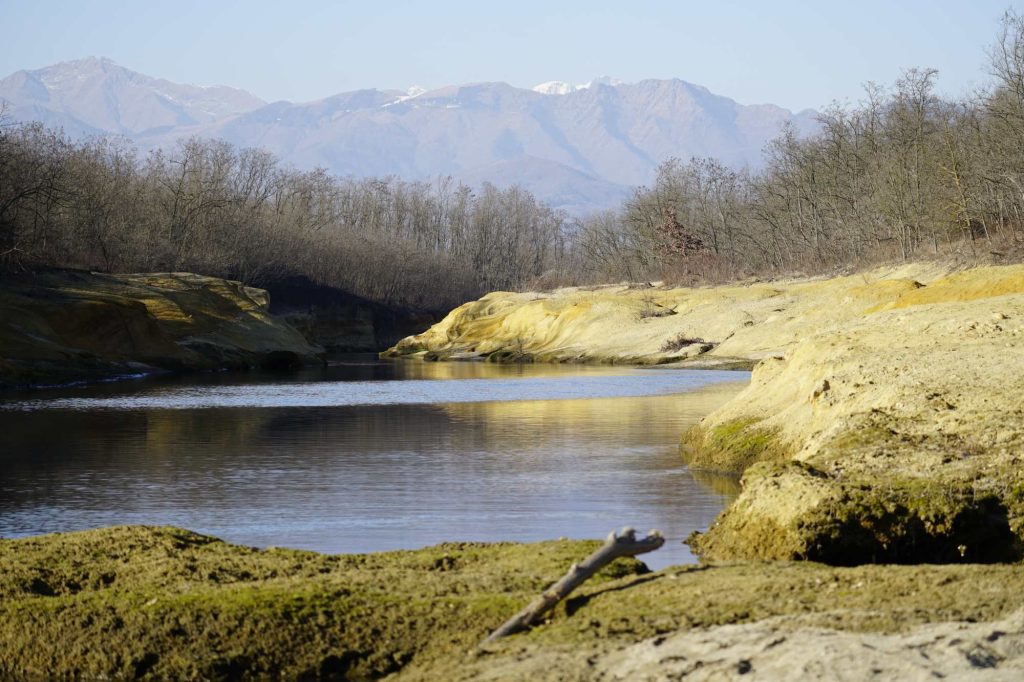
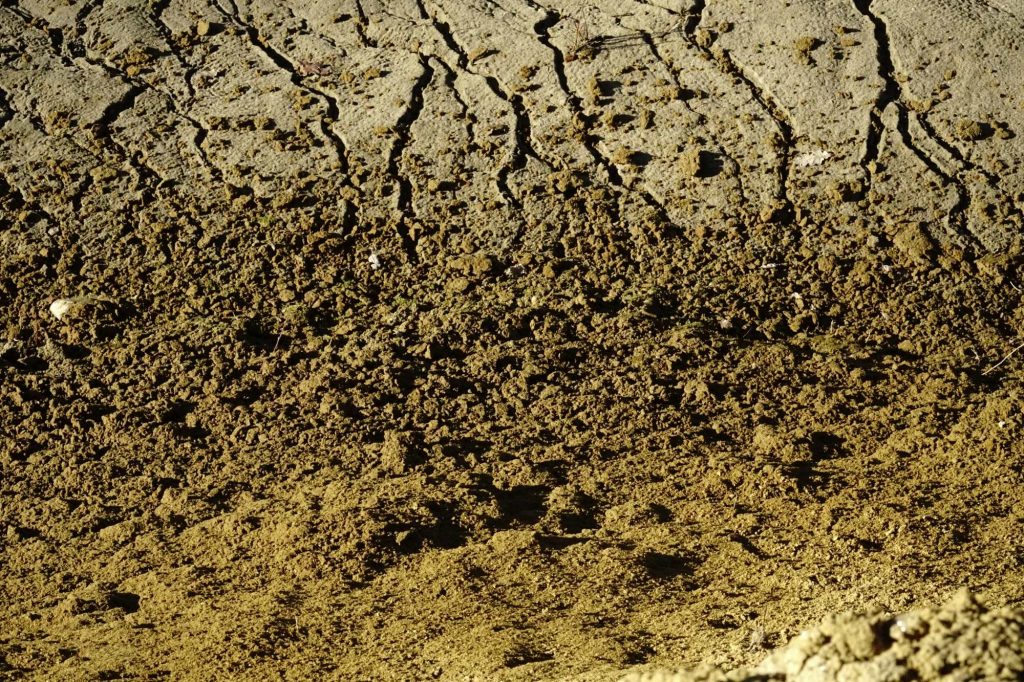
The Po river park in Casale Monferrato is a environmental project with the aim to bring the river and its embankements as a recreational area back to the people. While the project itself seems succesful here we could observe several foreign plant species that originate in more southern areas that have arrived here and in parts overgrown the local flora.
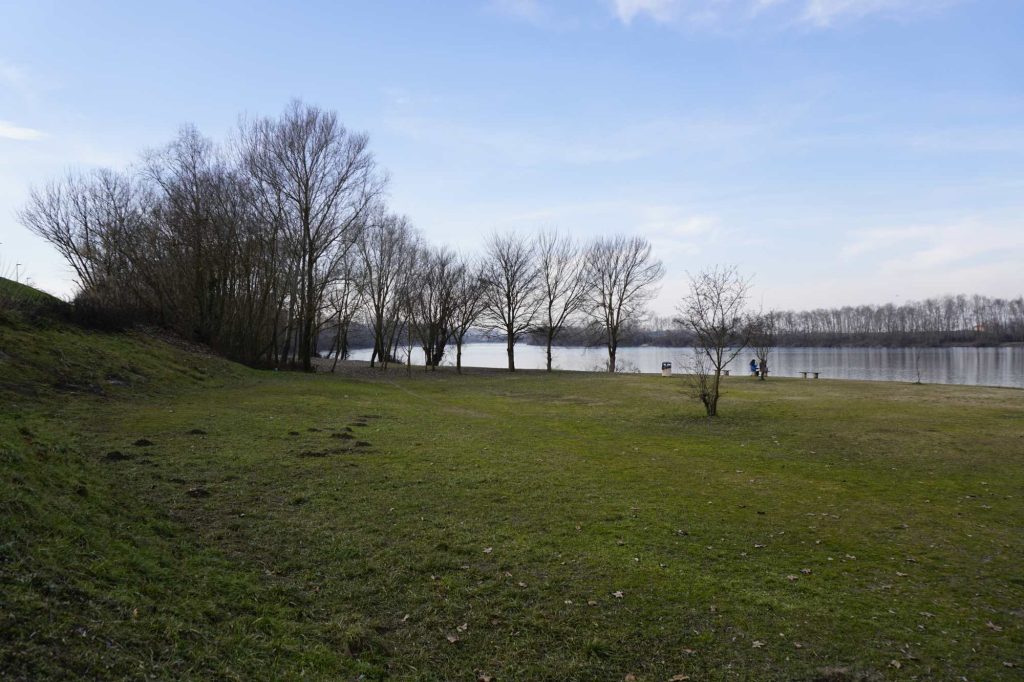
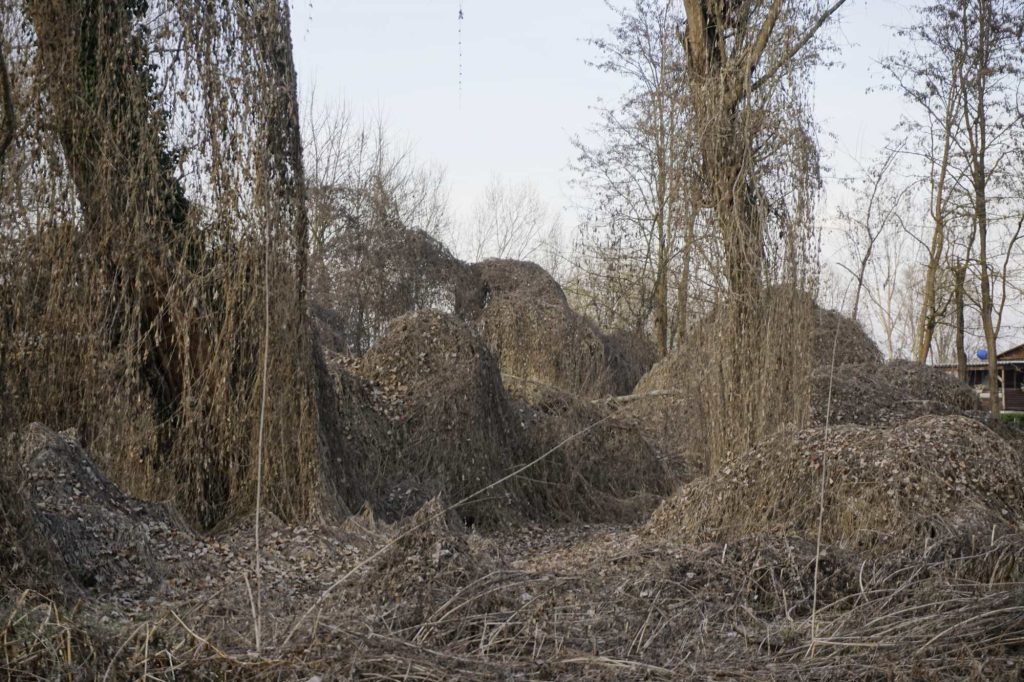
Field trip to the Meteorological Observatory of Oropa
At nearly 1200 meter above sea level sitting in the tower of the old monastery at Sanctuario d’Oropa, the observatory is equipped with a wide range of meteorological and seismic instruments, satellite and control stations automatically transmitting data. All their recorded data is visible via their website and also archived. It’s a beautiful spot up in the mountains where the impact of weather on the landscape can be really felt but also the importance of the catholic church in building such a large architecture up here.
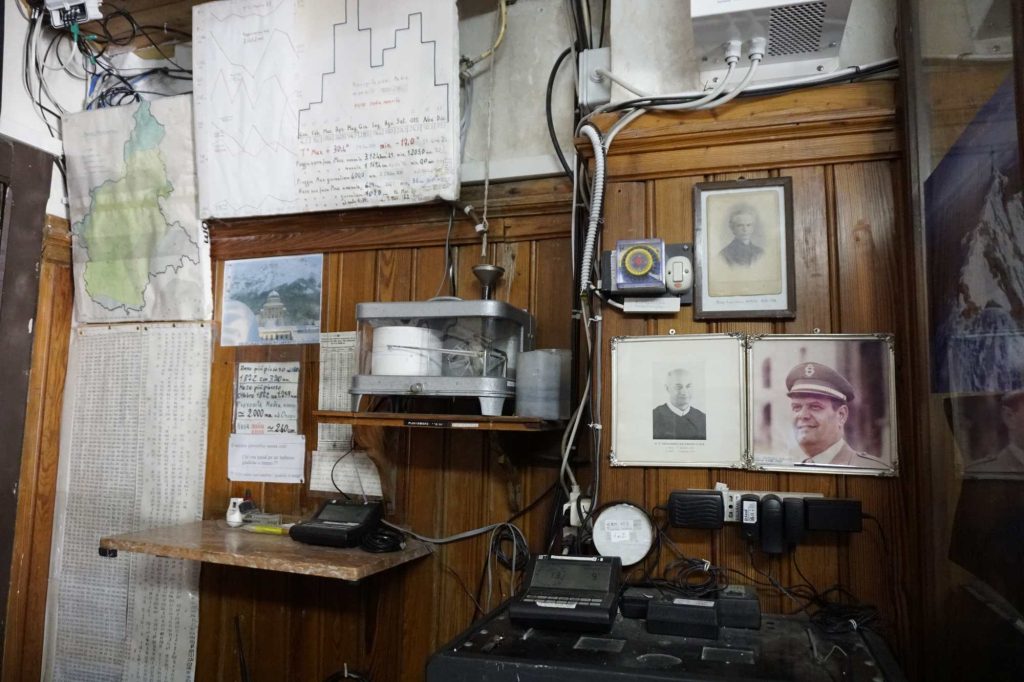
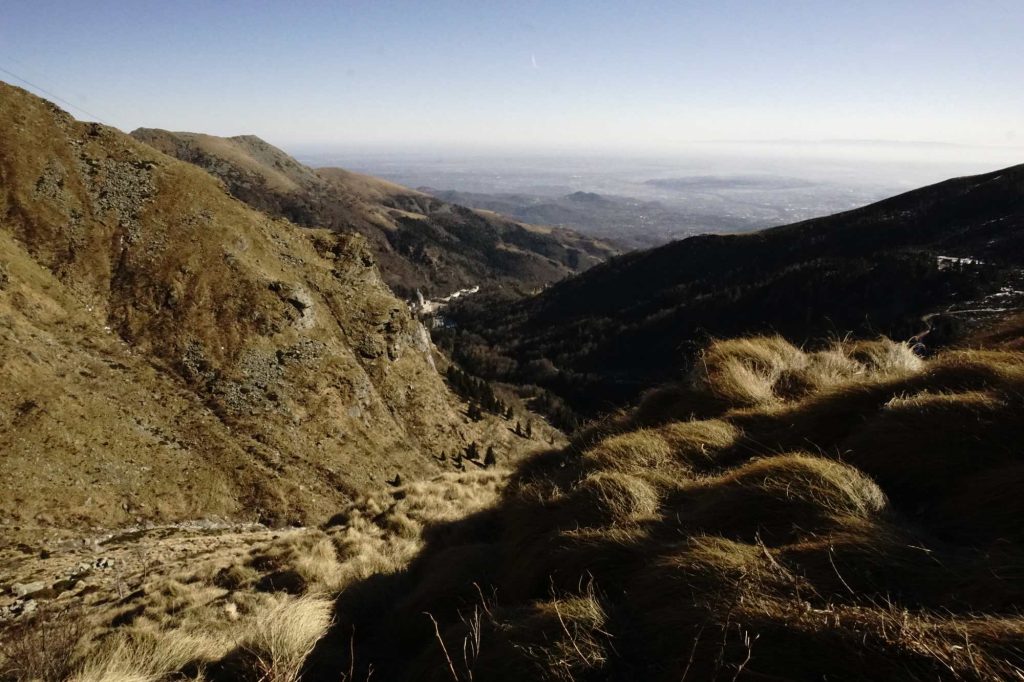
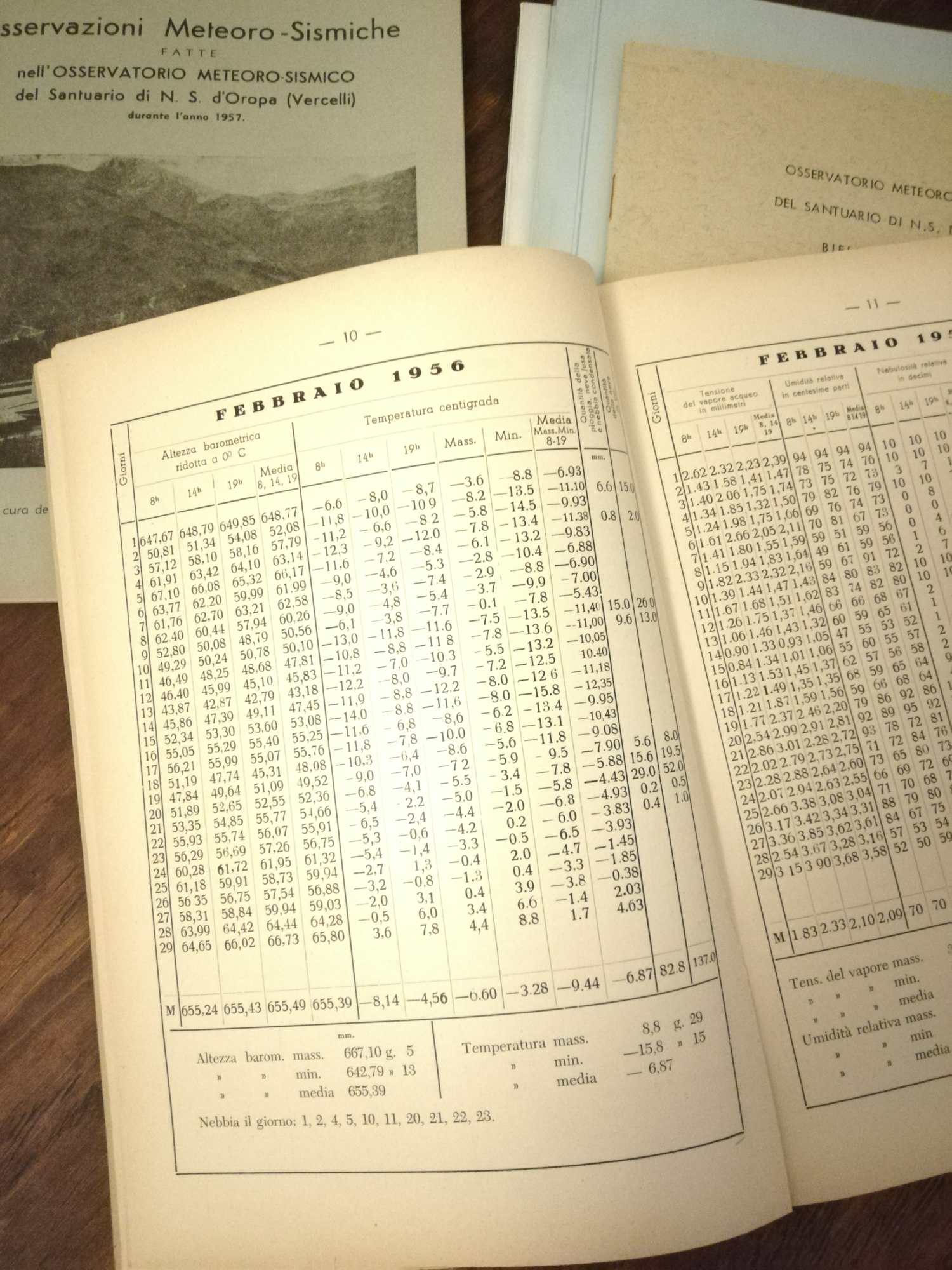
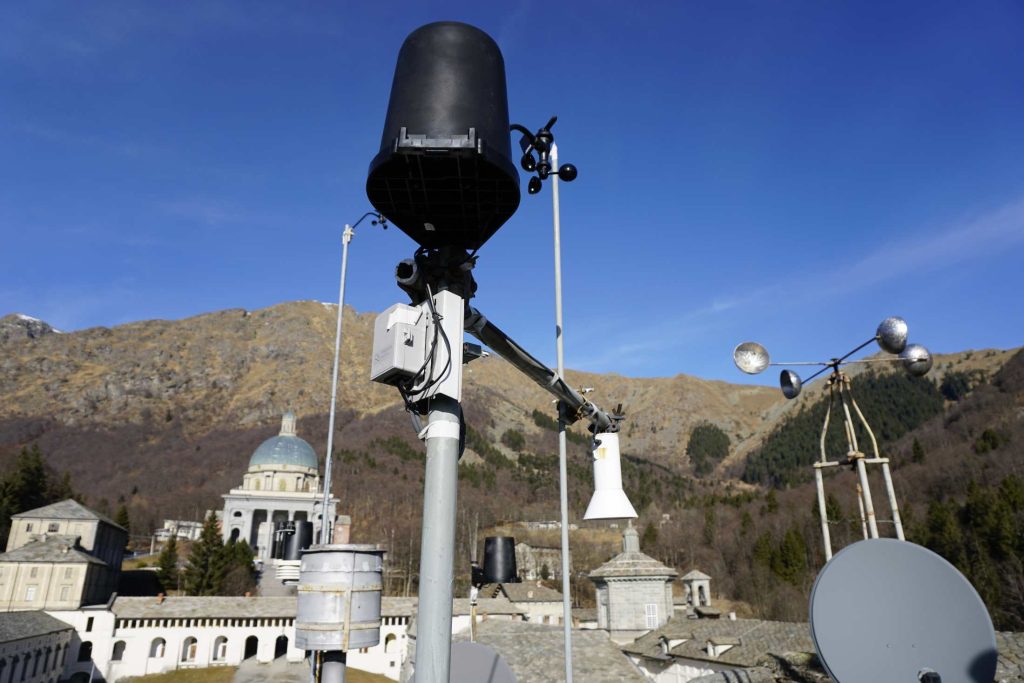
Visit to the Italian Glaciological Committee
The Italian Glaciological Committee is an organization dedicated to the study of glaciers in the Alps. located at the Palazzo Ferraris in Turin, it holds an photo archive dating back to ca. 1850 as well as maps, books and measurement devices. I was very fascinated to see their collection and will write a dedicated post article about our planned collaboration.
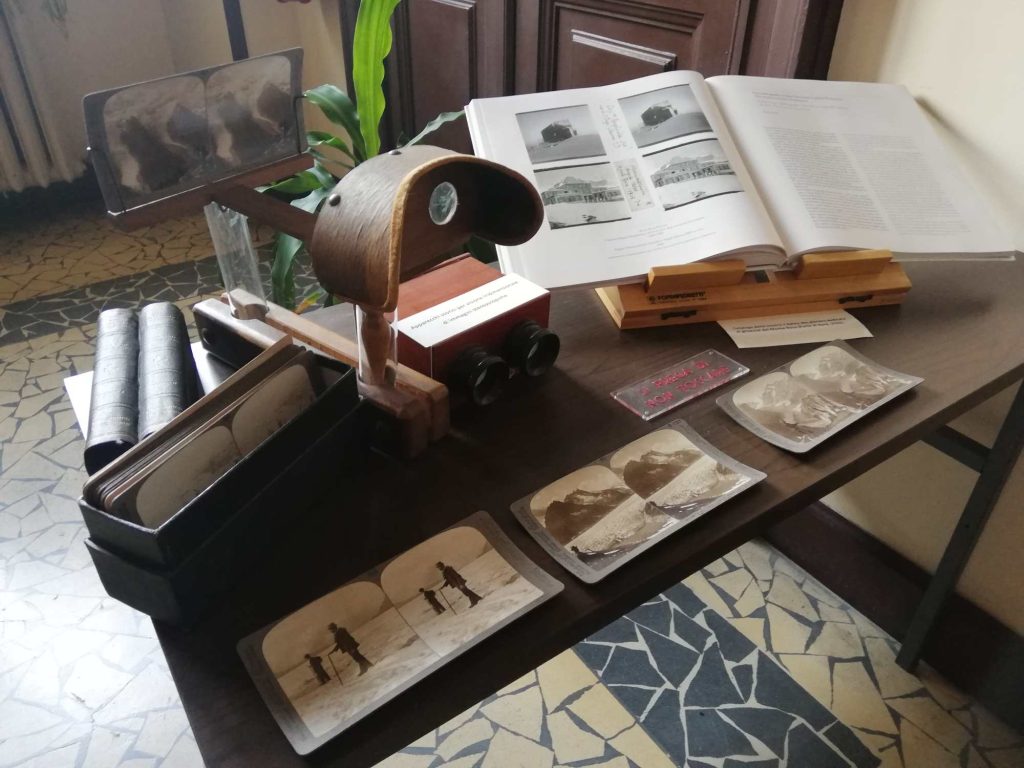
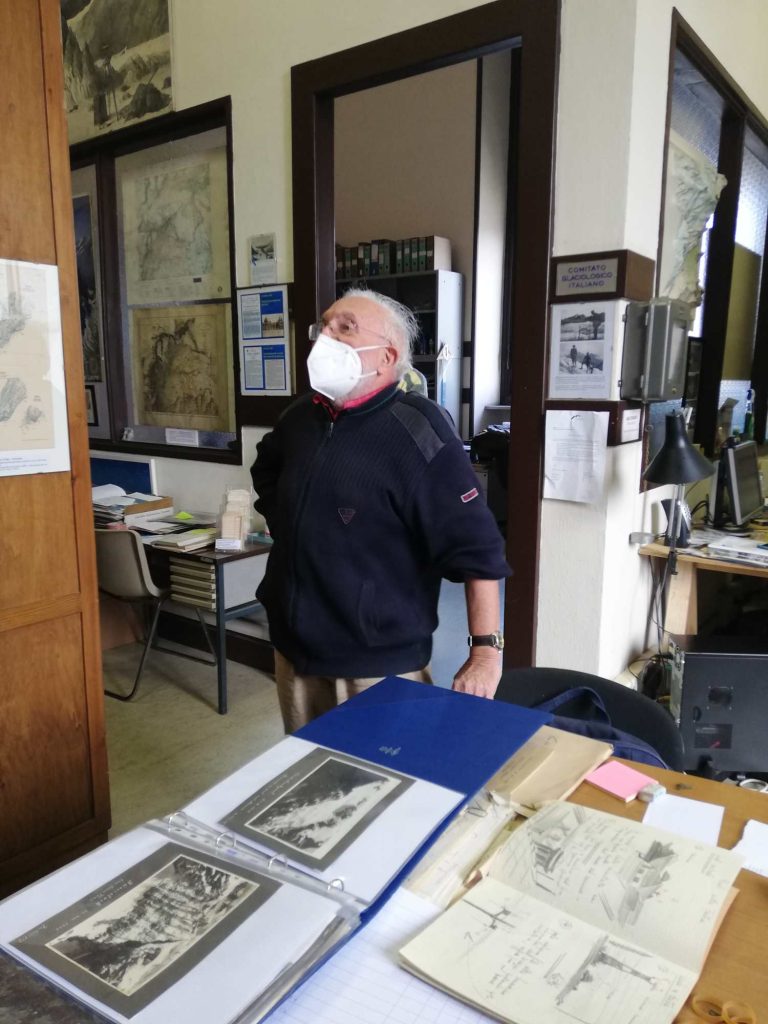
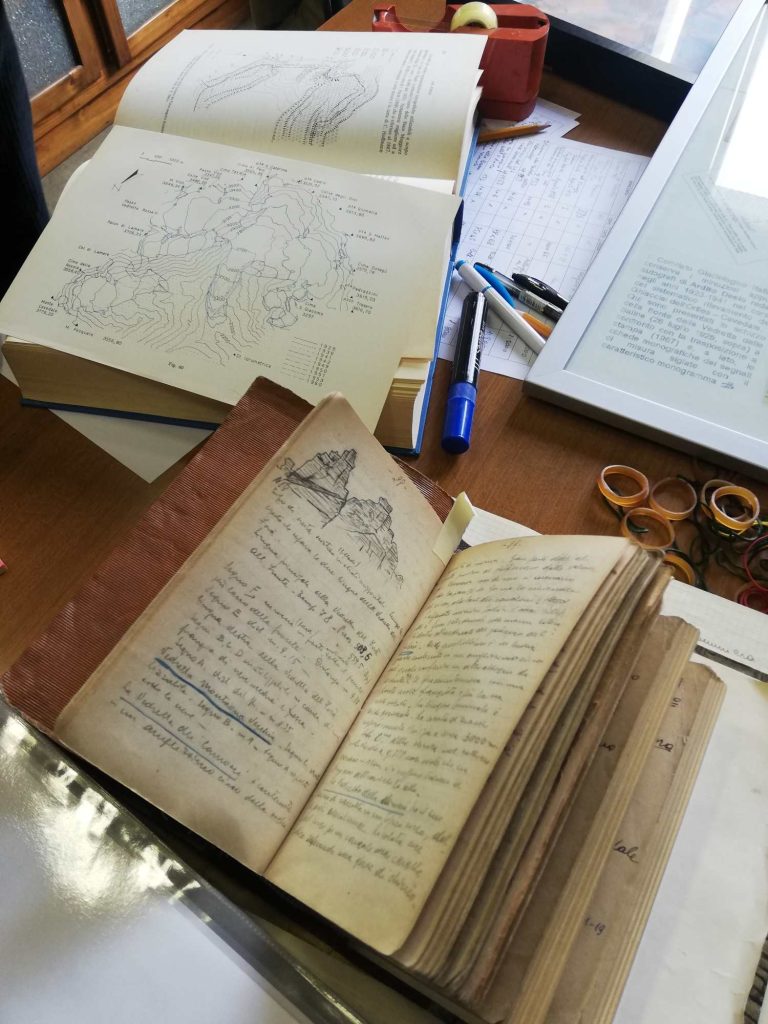
Field trip to the wastewater treatment plant Cordar
One of my last field trips was to the wastewater treatment plant by Field trip to the wastewater treatment plant Cordar S.p.A. in Cossato getting deep insights into the purification process of water from our households and other waste water.
At this most picturesque location, the soggy residues of our society are separated and cleaned. The filtered clear water is returned into the stream and the dry sludge serves as fertilizer.
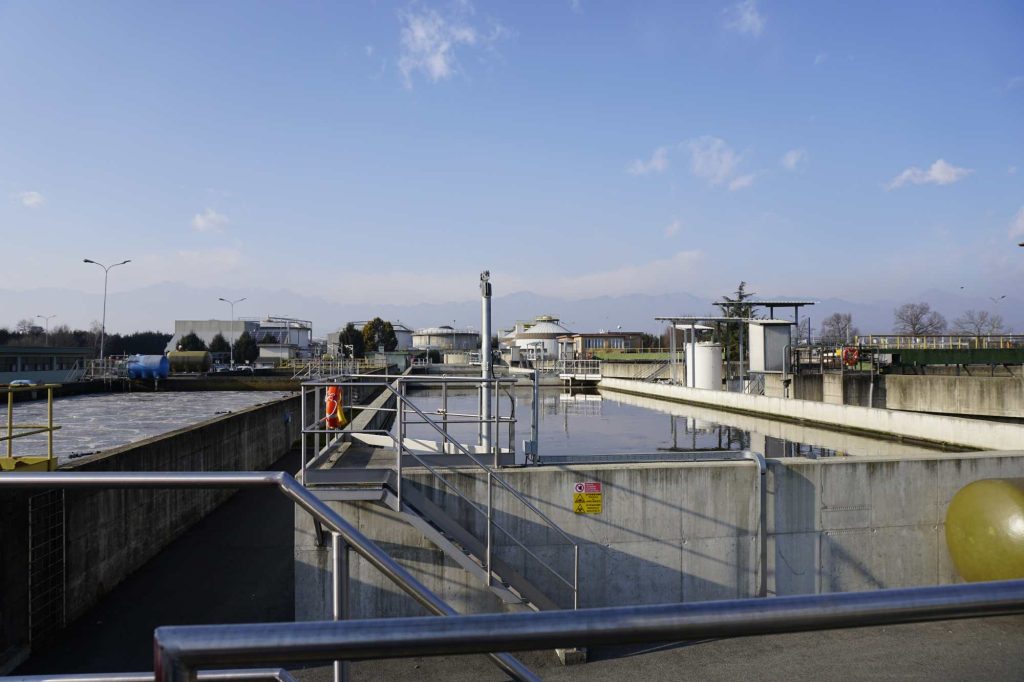
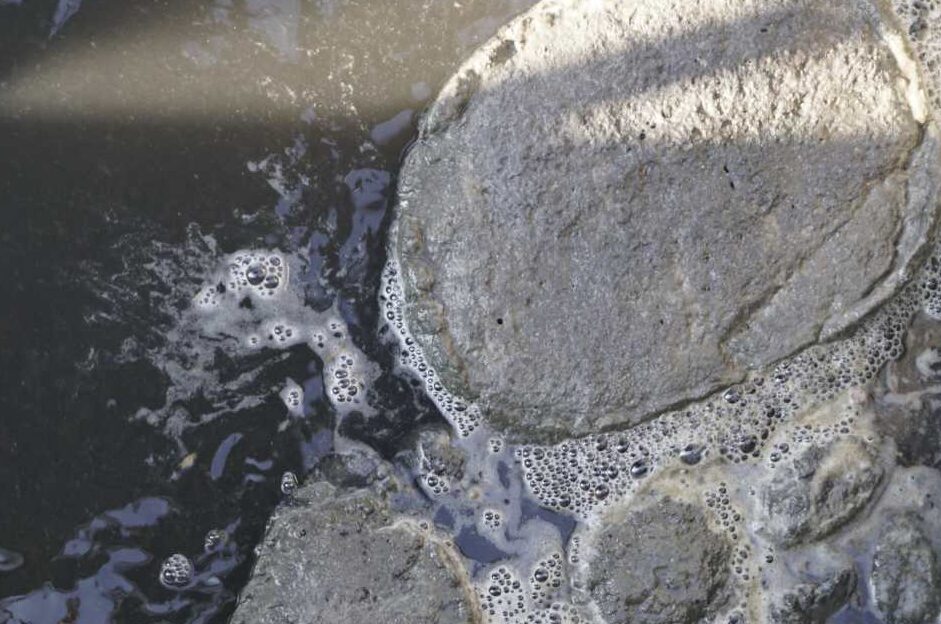
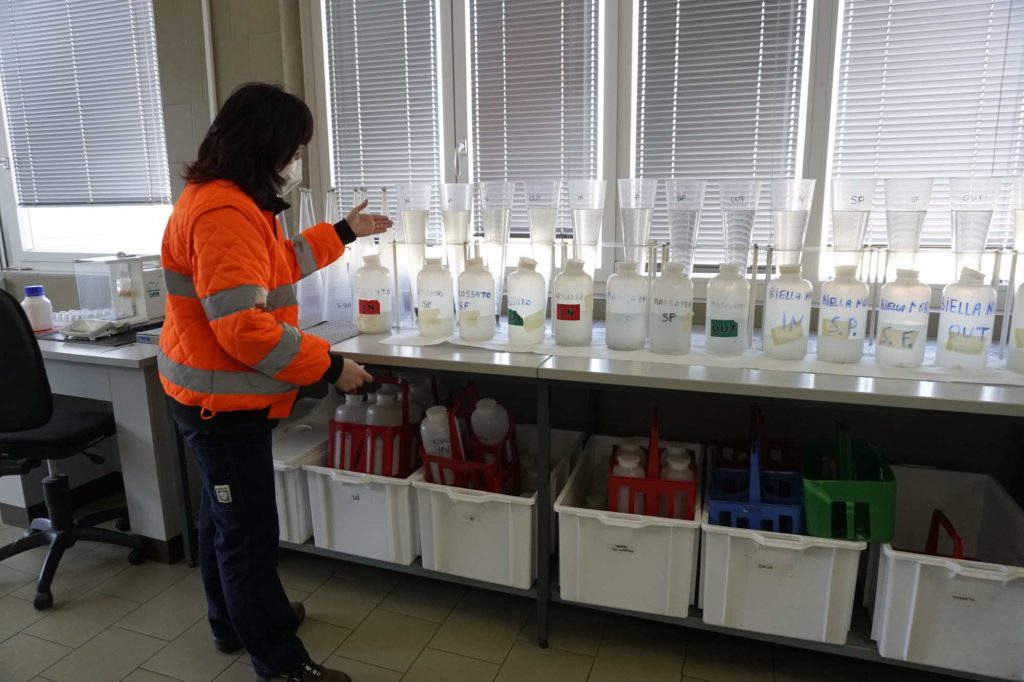
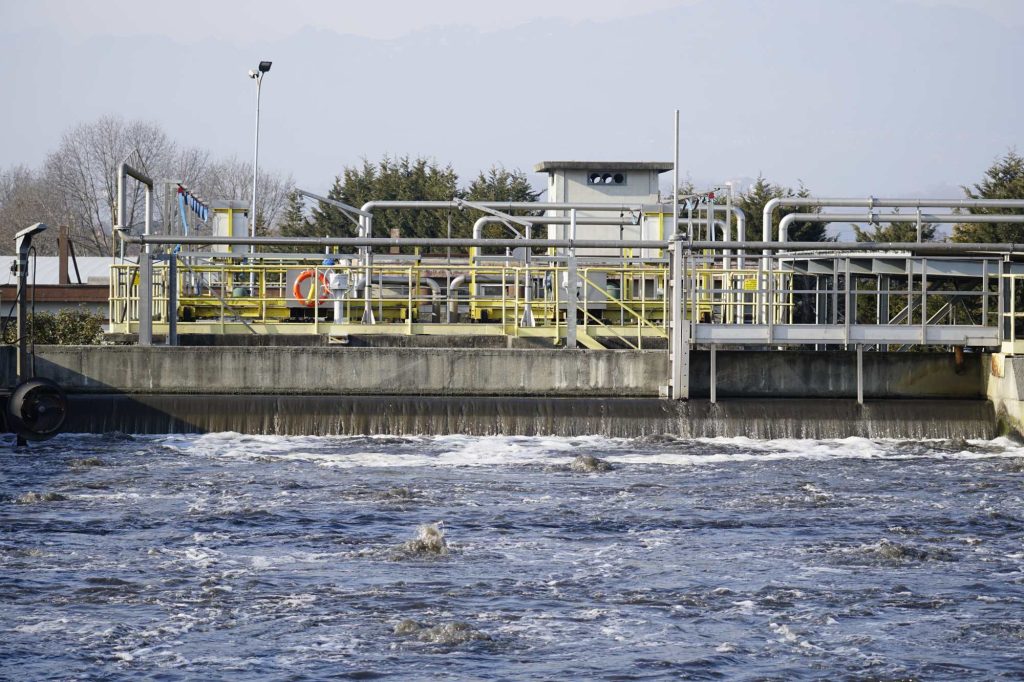
Even the foul smell of sewage and feces becomes less penetrating in front of the biellese Alps panorama where the bubbling sound of the water in the tubs even brings a hint of relaxation – a very unique anthropocentric jacuzzi.

